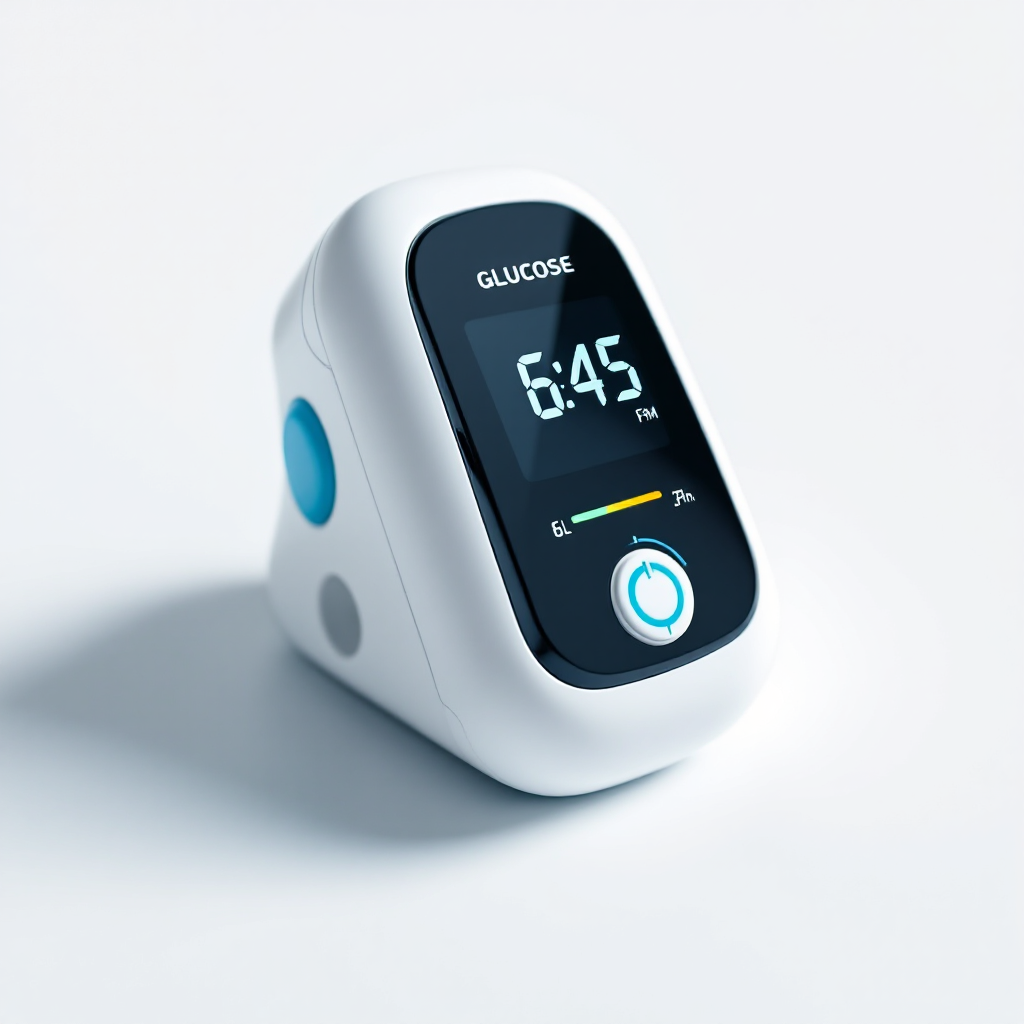Notifications

7 minutes, 32 seconds
-14 Views 0 Comments 0 Likes 0 Reviews

Continuous blood glucose monitors (CGMs) are innovative devices that have transformed diabetes management by providing real-time glucose level tracking. These devices allow individuals to monitor their blood sugar levels continuously throughout the day and night, offering insights that help improve glucose control, reduce complications, and enhance overall quality of life. In this guide, we will explore what continuous blood glucose monitors are, how they work, their benefits, and their significance in diabetes care.
A continuous blood glucose monitor (CGM) is a wearable device that tracks glucose levels in real time. It consists of three main components:
CGMs are designed to provide continuous updates, allowing users to monitor their glucose levels without the need for frequent fingerstick tests.
CGMs measure glucose levels in the interstitial fluid rather than directly in the blood. Here’s how they function:
Most CGMs update glucose readings every 1 to 5 minutes, providing a comprehensive picture of glucose trends throughout the day and night.
CGMs provide continuous, real-time data, allowing users to see how their glucose levels change throughout the day. This helps users make informed decisions about their diet, exercise, and medication.
Unlike traditional blood glucose monitoring, CGMs minimize the need for frequent fingerstick tests. Many newer models are designed to be completely fingerstick-free, enhancing user comfort.
CGMs can send alerts when glucose levels are too high, too low, or changing rapidly. These alerts help users take immediate action to prevent complications.
By providing continuous data, CGMs help users identify patterns and trends in their glucose levels. This allows for better glucose management and reduces the risk of long-term complications associated with diabetes.
CGMs store glucose data that can be shared with healthcare providers. This data helps doctors make more informed decisions about treatment plans and medication adjustments.
CGMs are designed to be worn during daily activities, including exercise, work, and sleep. Many devices are water-resistant, allowing users to shower or swim without interrupting glucose monitoring.
CGMs are particularly beneficial for individuals with Type 1 diabetes, as they provide continuous data to help manage glucose levels and prevent dangerous highs and lows.
For individuals with Type 2 diabetes, CGMs can help monitor how diet, exercise, and medication affect glucose levels. They are especially useful for those on insulin therapy.
CGMs can provide valuable insights for individuals with prediabetes, helping them make lifestyle changes to prevent the progression to Type 2 diabetes.
Recently, CGMs have gained popularity among non-diabetic individuals who want to monitor their glucose levels for health optimization. These users can track how food, exercise, and stress impact their glucose levels.
Most CGM sensors last between 10 and 14 days, reducing the need for frequent replacements.
Many CGMs connect to smartphone apps, allowing users to view their glucose data conveniently. These apps often include features like trend analysis, data sharing, and customizable alerts.
Many CGMs are water-resistant, making them suitable for activities like swimming and showering.
Users can set personalized alerts for high, low, or rapidly changing glucose levels.
CGMs allow users to share their glucose data with healthcare providers or family members, enabling better support and care.
When selecting a CGM, consider the following factors:
Continuous blood glucose monitors are powerful tools for managing diabetes and optimizing health. By providing real-time glucose data, CGMs empower users to take control of their health and make informed decisions about their lifestyle and treatment. Whether you’re living with diabetes, prediabetes, or simply want to monitor your glucose levels for better health, a CGM can make a significant difference in your life.With advancements in technology, CGMs are becoming more accessible and user-friendly, making them an essential tool for anyone looking to improve their glucose management. If you’re considering a CGM, consult with your healthcare provider to determine which device is best suited to your needs.

